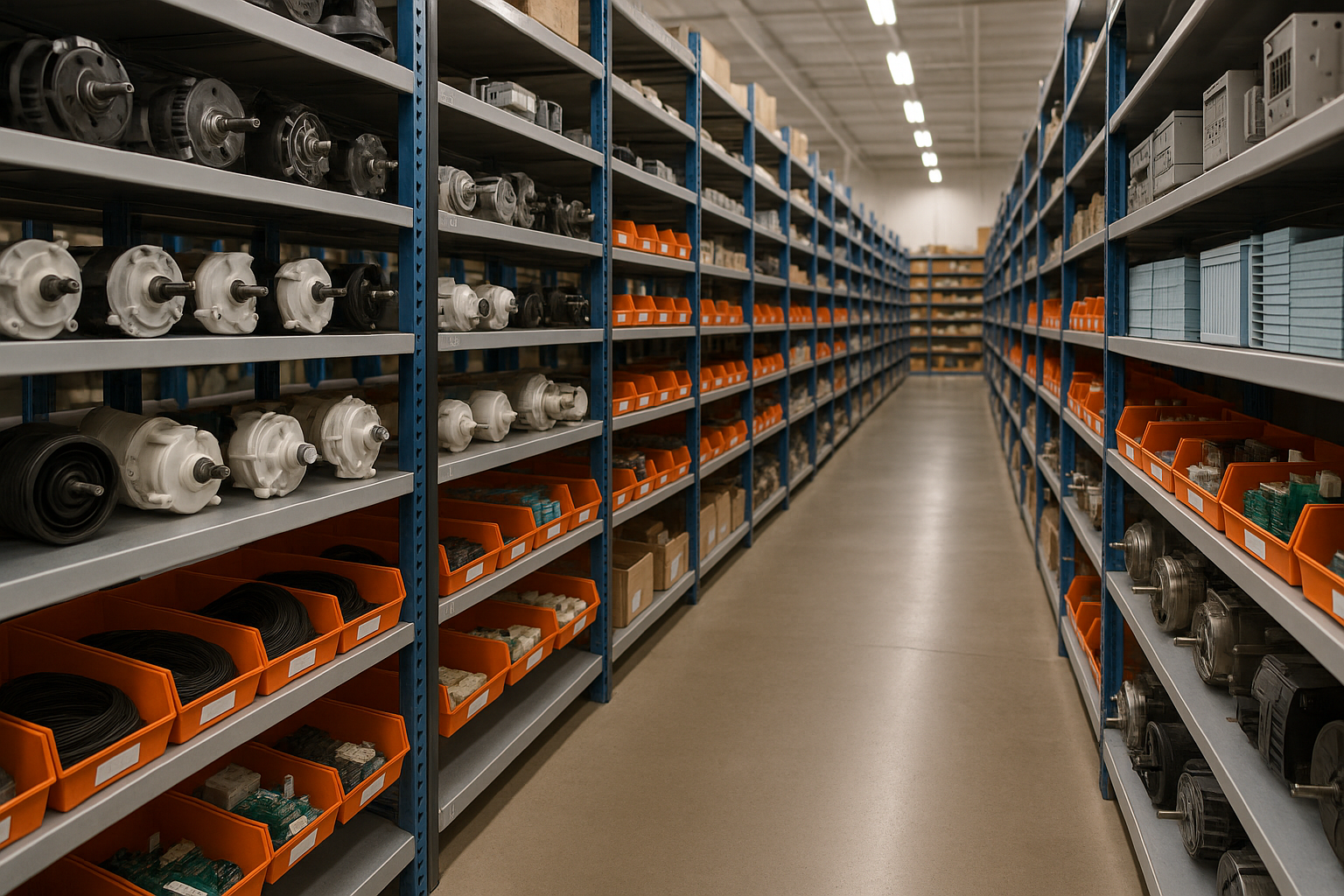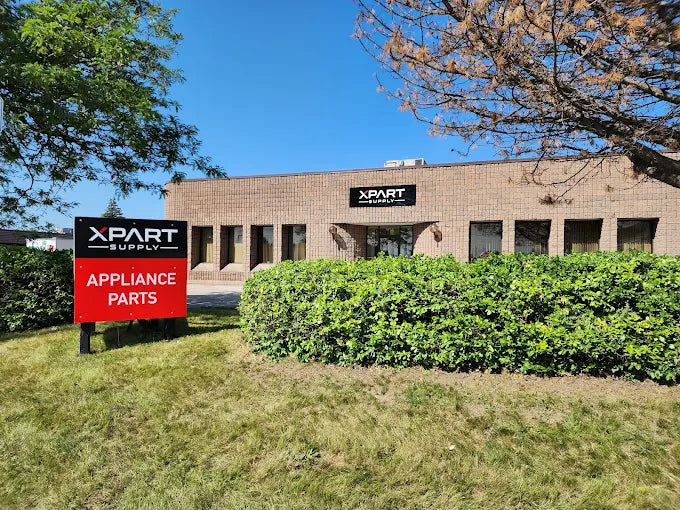The WG04F09450 is a genuine OEM GE washer front load motor designed for GE and Hotpoint front-load washing machines. This critical component is the primary drive system that rotates the wash drum during all wash and spin cycles. The drive motor is essential for proper washer function—without a functioning motor, the washer cannot agitate, tumble, or spin and clothes will not be washed or dried. The WG04F09450 is a direct drive brushless DC motor (BLDC) rated for 120V AC operation with integrated inverter control and is designed to provide reliable, efficient, variable-speed operation for all wash and spin cycles. The washer front load motor is a complete assembly that includes all components necessary for installation. The washer front load motor is constructed from premium materials including a brushless DC motor with permanent magnet rotor (provides high efficiency and variable speed control), integrated inverter control board (converts AC power to DC and controls motor speed and direction), heavy-duty motor housing (aluminum or steel construction for durability and heat dissipation), sealed ball bearings (provide smooth, quiet operation and long service life), motor shaft with mounting flange (connects directly to wash drum without belts or pulleys), electrical connector and wiring harness (provides connection to main control board), mounting bracket and hardware (secures motor to washer frame), and thermal protection circuitry (prevents motor overheating and damage). The WG04F09450 features a compact direct drive design that mounts directly to the rear of the wash drum, eliminating the need for belts, pulleys, or transmission systems. The motor shaft connects directly to the drum hub using a mounting flange and bolts. The motor has an electrical connector that plugs into the washer wiring harness, allowing the main control board to send speed and direction commands to the inverter. The direct drive design provides several advantages over traditional belt-driven motors including higher efficiency (no energy loss from belts or pulleys), quieter operation (fewer moving parts), more precise speed control (inverter can vary speed continuously), faster acceleration and deceleration (direct connection to drum), and improved reliability (fewer parts to wear or fail). The WG04F09450 replaces older motor part numbers including J58PWMAD1155, WH20X23194, WH20X20837, and similar motors and features improved brushless DC motor design for higher efficiency and longer lifespan (50% longer than brushed motors), enhanced inverter control board for better speed regulation and smoother operation, upgraded motor bearings for quieter operation and reduced vibration, improved thermal protection for better overload resistance, optimized motor winding design for higher torque and faster spin speeds, and enhanced electrical connector for better conductivity and corrosion resistance across all compatible washer models. The washer front load motor operates through electronic speed control: when the user selects a wash cycle and presses start, the main control board sends speed and direction commands to the motor inverter; the inverter converts 120V AC power to variable DC voltage; the inverter sends DC power to the motor windings in a specific sequence; the motor rotor (permanent magnets) is attracted to the energized windings and rotates; the inverter varies the voltage and switching sequence to control motor speed and direction; during wash cycles, the motor rotates the drum slowly in alternating directions (tumbling action); during spin cycles, the motor accelerates the drum to high speed (up to 1200-1400 RPM) to extract water; the main control board monitors motor speed using feedback from the inverter; if the motor speed is incorrect or the motor fails to start, the control board displays an error code and stops the cycle. Common failure causes include normal wear from age and continuous operation (typical motor lifespan 10-20 years with average use), motor bearing failure from wear or lack of lubrication (most common failure), inverter control board failure from power surges or component failure, motor winding failure from overheating or electrical stress, rotor magnet degradation from age or thermal stress, electrical connection failure from corrosion or loose terminals, water damage from leaks or seal failure, manufacturing defects, or premature failure from low-quality replacement motors. When the washer front load motor fails, symptoms include washer will not start wash cycle (motor not running, most common symptom), washer makes loud grinding or squealing noise during operation (bearing failure), washer drum not rotating or rotating slowly (motor failure or inverter failure), washer stuck in one direction (inverter failure), washer not spinning or spinning slowly (motor failure or bearing failure), burning smell from motor area (motor overheating or winding failure), washer displaying motor error codes (E20, E21, E23, E24, etc.), or complete washer failure (motor unable to operate). The WG04F09450 is a direct replacement front load motor that provides reliable, efficient, variable




























